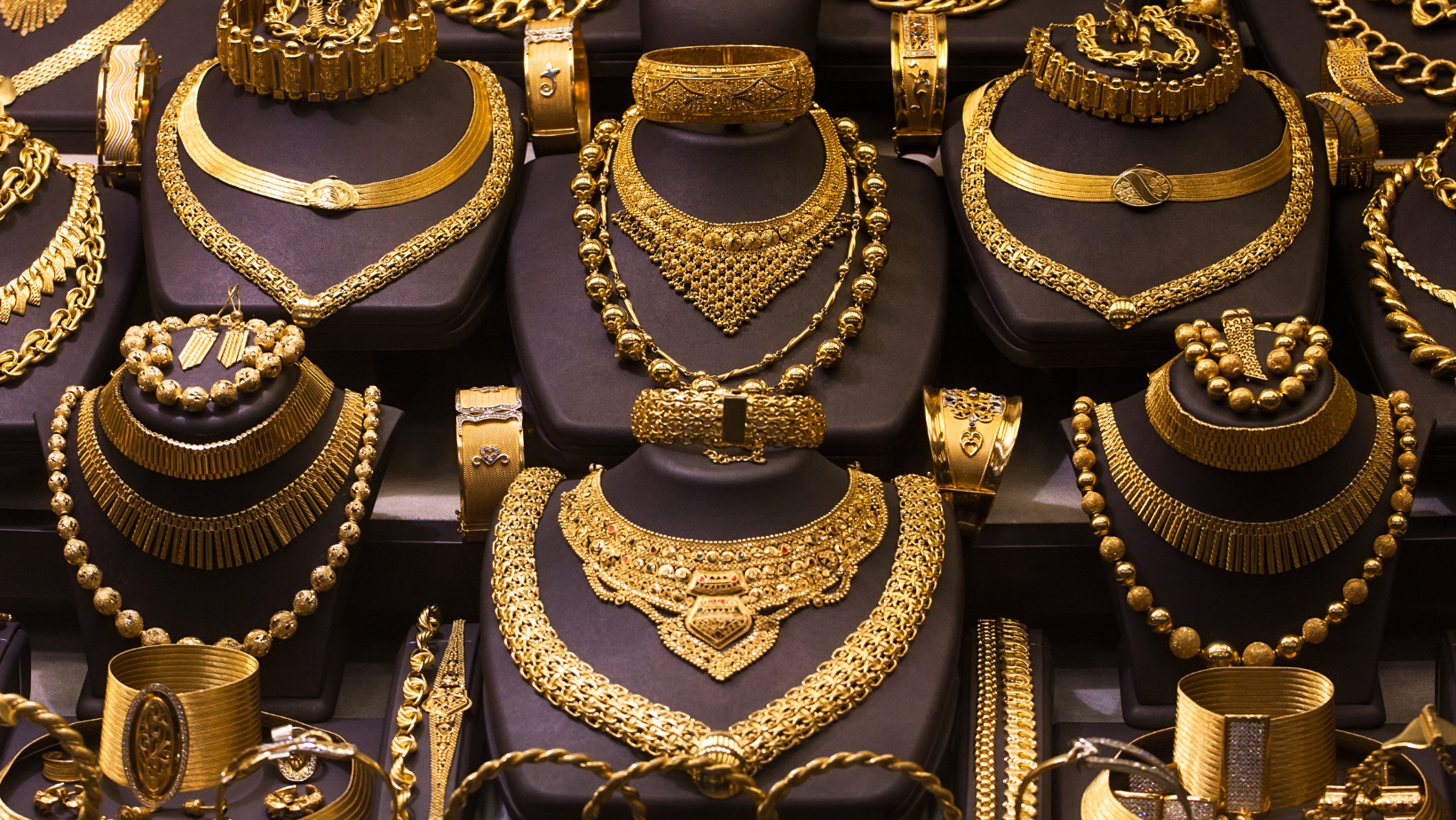Jewelry, more than a mere adornment, has woven itself into the fabric of human history. It has been a symbol of power, status, love, and belief. From the simple bead necklaces of ancient civilizations to the sophisticated platinum jewelry of modern times, jewelry has evolved, reflecting the era’s zeitgeist. This article aims to guide you through the history of jewelry, revealing the fascinating timeline that captures the essence of humankind’s love for ornaments.
Ancient Times: Beginnings of Adornment
The history of jewelry timeline starts thousands of years ago. Ancient civilizations like the Egyptians, Greeks, and Romans adorned themselves with jewelry made of stones, bones, and metals. The jewelry served various purposes: as amulets to ward off evils, tokens of wealth, and even as symbols of gods. For instance, in ancient Egypt, jewelry wasn’t just an adornment but also a symbol of power and religious status. Pharaohs were buried with elaborate jewelry to accompany them in the afterlife.
Medieval Era: Symbols of Power and Religion
As we move into medieval times, jewelry took on deep religious significance. Crosses, saints’ relics, and rosaries were commonly worn as pendants. The wealthy elite displayed their power and status with intricate designs studded with precious stones. This era also saw an advancement in the history of jewelry making, with craftsmen using more refined techniques and tools.
Renaissance: Flourishing of Art and Design
The Renaissance period was a golden age in the history of jewelry design. There was a resurgence of classical designs, echoing the art and architecture of the time. Pearls, sapphires, and rubies became popular, and metals like gold were intricately crafted into necklaces, bracelets, and tiaras.
Victorian Era to the 20th Century: Romance and Revolution
The Victorian era was marked by the romantic jewelry pieces inspired by Queen Victoria herself. Jewelry became more accessible to the middle class, marking a significant shift in its consumption. By the turn of the 20th century, Art Nouveau and Art Deco movements influenced jewelry design, with geometric shapes, contrasting colors, and the introduction of platinum jewelry. The history of platinum jewelry is notable for its strength, elegance, and its newfound popularity during this period.
Modern Day: Fusion of Traditional and Contemporary
Today, the history of jewelry design is a rich tapestry of the old and the new. Traditional designs fuse with modern techniques, resulting in pieces that are both timeless and contemporary. 3D printing, sustainable materials, and a return to handcrafted pieces are shaping today’s jewelry landscape. Moreover, there’s a growing appreciation for artisanal jewelry, where the history of jewelry making is celebrated with each unique piece.
From the protective amulets of ancient civilizations to the statement pieces of today, jewelry remains a constant in our ever-evolving fashion landscape. Whether it’s the allure of platinum jewelry or the craftsmanship of traditional pieces, the history of jewelry is a testament to humanity’s inherent desire to adorn, express, and beautify. As we wear our favorite pieces today, we become part of this grand timeline, adding our own chapter to the enduring history of jewelry.
Your Jewelry’s Next Chapter with The Gold Guys
Every piece of jewelry holds a story, a moment, or a memory. If you have jewelry that you no longer wear or that doesn’t fit into your current narrative, consider giving it a new chapter. At The Gold Guys, we understand the value and history behind each piece, and we offer a transparent, trustworthy, and rewarding process to help you monetize your unused or outdated jewelry. Instead of letting these pieces collect dust, sell your jewelry pieces and transform them into tangible value. Connect with The Gold Guys today, and let us help you get the most for your jewelry.

